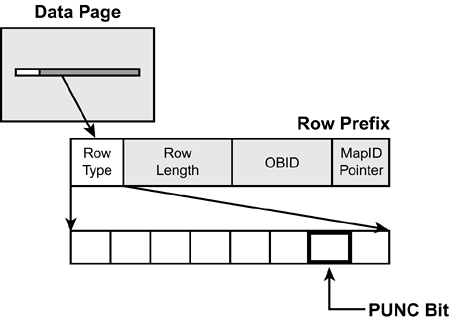Lock Avoidance
| < Day Day Up > |
Lock AvoidanceLock avoidance is a mechanism employed by DB2 to access data without locking while maintaining data integrity. It prohibits access to uncommitted data and serializes access to pages. Lock avoidance improves performance by reducing the overall volume of lock requests . Let's face it, the most efficient lock is the one never taken. In general, DB2 avoids locking data pages if it can determine that the data to be accessed is committed and that no semantics are violated by not acquiring the lock. DB2 avoids locks by examining the log to verify the committed state of the data. When determining if lock avoidance techniques will be practical, DB2 first scans the page to be accessed to determine whether any rows qualify. If none qualify, a lock is not required. For each data page to be accessed, the RBA of the last page update (stored in the data page header) is compared with the log RBA for the oldest active unit of recovery. This RBA is called the Commit Log Sequence Number, or CLSN. If the CLSN is greater than the last page update RBA, the data on the page has been committed and the page lock can be avoided. Additionally, a bit is stored in the record header for each row on the page. The bit is called the Possibly UNCommitted, or PUNC, bit (see Figure 23.4). The PUNC bit indicates whether update activity has been performed on the row. For each qualifying row on the page, the PUNC bit is checked to see whether it is off. This indicates that the row has not been updated since the last time the bit was turned off. Therefore, locking can be avoided. Figure 23.4. The PUNC bit. NOTE IBM provides no external method for you to determine whether the PUNC bit is on or off for each row. Therefore, you should ensure that any table that can be modified should be reorganized on a regularly scheduled basis. If neither CLSN nor PUNC bit testing indicates that a lock can be avoided, DB2 acquires the requisite lock. In addition to enhancing performance, lock avoidance increases data availability. Data that in previous releases would have been considered locked, and therefore unavailable, is now considered accessible. When Lock Avoidance Can OccurLock avoidance can be used only for data pages . Further, DB2 Catalog and DB2 Directory access does not use lock avoidance techniques. You can avoid locks under the following circumstances:
An ambiguous cursor is one where DB2 cannot determine whether there is intent to modify data retrieved using that cursor. The cursor is ambiguous if it is in a plan or package containing either PREPARE or EXECUTE IMMEDIATE SQL statements, along with the following conditions: the cursor is not defined with the FOR READ ONLY clause or the FOR UPDATE OF clause; the cursor is not defined on a read-only result table; the cursor is not the target of a WHERE CURRENT clause on an UPDATE or DELETE statement. |
| < Day Day Up > |
EAN: 2147483647
Pages: 388
